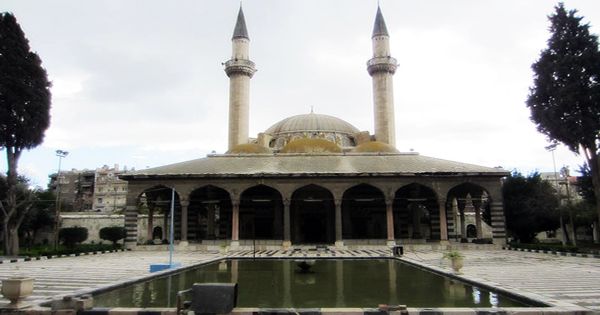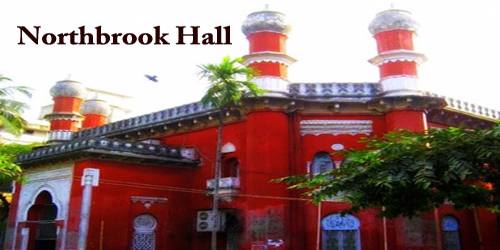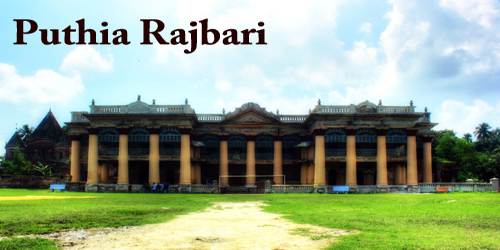Between 1554 and 1560, the Ottoman Sultan Süleyman I or Sulayman al-Qanuni (1520-1566) built the Tekkiye Mosque or Sultan Selim Mosque (Arabic: التكية السليمانية, Turkish: Selimiye Camii or Sultan Selim Camii) on the banks of the Barada River on the ruins of Qasr al-Ablaq. It is a mosque complex in Syria’s Damascus. The complex consists of a wide mosque on the southwestern side of a courtyard, flanked by a single line of arcaded cells, and a soup kitchen facing northwest across the courtyard, flanked by hospice buildings. A separate madrasa was added by Selim II (1566-1574) to the southeast of the takiyya complex and is connected to the takiyya complex with a souk. The courtyards of both the takiyya and the madrasa are landscaped with trees around a central pool. The entire complex, pointing to qibla, is oriented northeast-southwest. In the then-suburb of Damascus, the Sultan of the Ottoman Empire, Selim II, constructed the Sultan Selim Mosque by extending the urban complex of his father (Suleiman I). The complex consists of a wide mosque on the southwestern side of a courtyard, flanked by a single line of arcaded cells, and a soup kitchen facing northwest across the courtyard, flanked by hospice buildings. The mosque has two minarets and walls with light and dark lines contrasting between each other. It has been described as “The finest example of Ottoman architecture in Damascus”.

Takiyya as-Süleimaniyya Mosque, Damascus, Syria
A broad portico and a sixteen-meter-square prayer hall that is covered with a huge Ottoman dome form the mosque. The portico is made up of three domed cells wrapped in twelve columns with a sloping lead roof. Its columns of marble and granite bear diamond-cut capitals and muqarnas. The portal niche, based on the façade of the portico, is surmounted by an intricate crown of muqarnas and framed by a band of geometric motifs. The burial place of the last Ottoman Sultan, Mehmet VI, who was dethroned and forced into exile when the Ottoman sultanate was abolished in 1922, is the cemetery next to the mosque. He died in Sanremo, Italy, on May 16, 1926, and was buried in the Sultan Selim Mosque cemetery. Within, around the elongated foundation, the dome shows a ring of openings and is coated on the outside with lead. The dome is supported by four arches that extend from the thick walls. By using circular stone triangulations without any muqarnas, the transition zone from dome to wall is created. The mihrab is situated underneath a series of formations of muqarnas and is distinguished by marble mosaics, while the minbar is made of white marble. On each of the four walls that open up into the gardens, there are plaster windows with colored pieces of glass. The mosque’s exterior walls are made of alternating rows of black and white stones. Colored marble faces were also used on the facade of the portico. The mosque was chosen because it was situated and founded by his ancestors in the closest Muslim-majority country to Turkey. There are approximately thirty other Ottoman dynasty graves that died in exile and were not permitted to be buried at the time in the Republic of Turkey. A decorative program comprising green and blue geometric plates over doors and windows is the unifying decoration in the complex. The entire complex was restored by the Antiquities Directorate General in the 1960s.
















